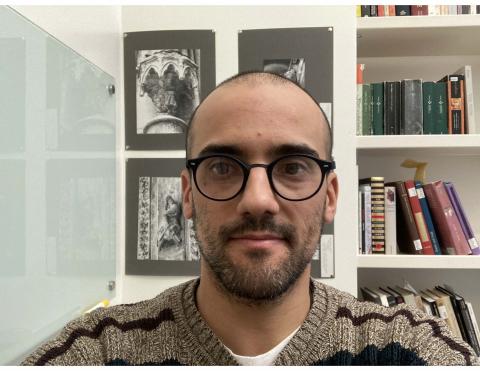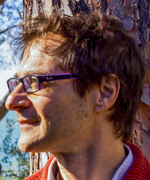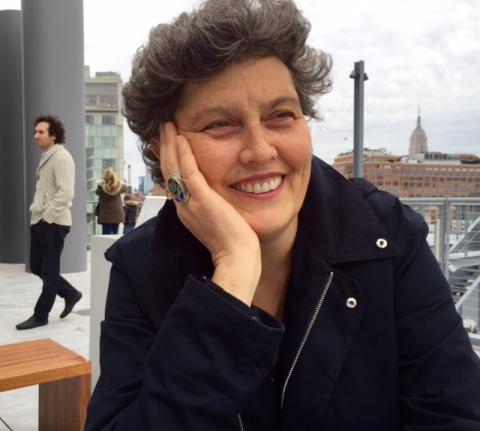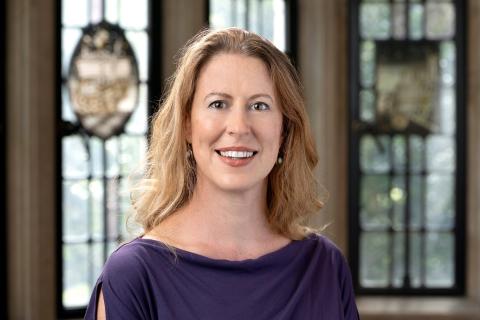The Dante Society of America Council
The Council is the governing body of the Dante Society of America. The Society's members annually elect Council members or Councilors for staggered three-year terms. The Councilors elect from their membership the President and Vice President, and appoint the Officers. The Councilors' terms begin and end in May; all other appointments begin and end with the calendar year.
Officers

Albert Russell Ascoli
Immediate Past President
ex-officio non-voting Council member
term: 2020–2026
University of California, Berkeley
email | bio
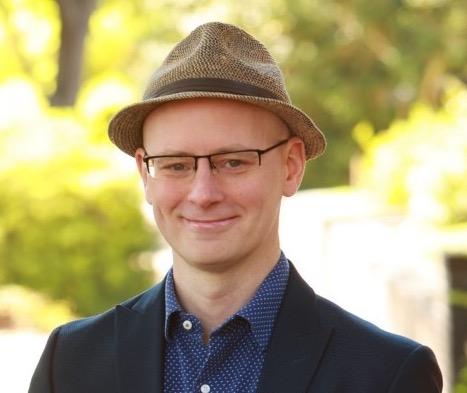
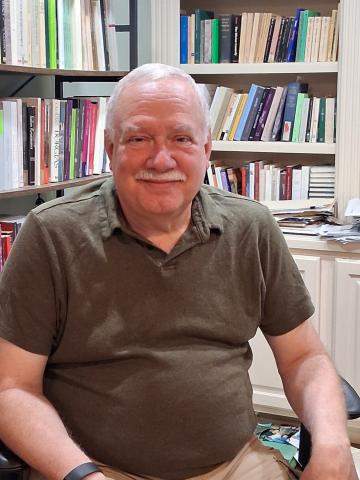

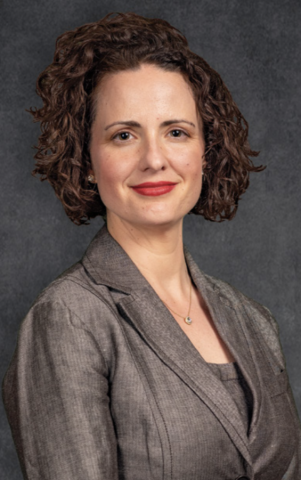



Councilors
